Premium Only Content
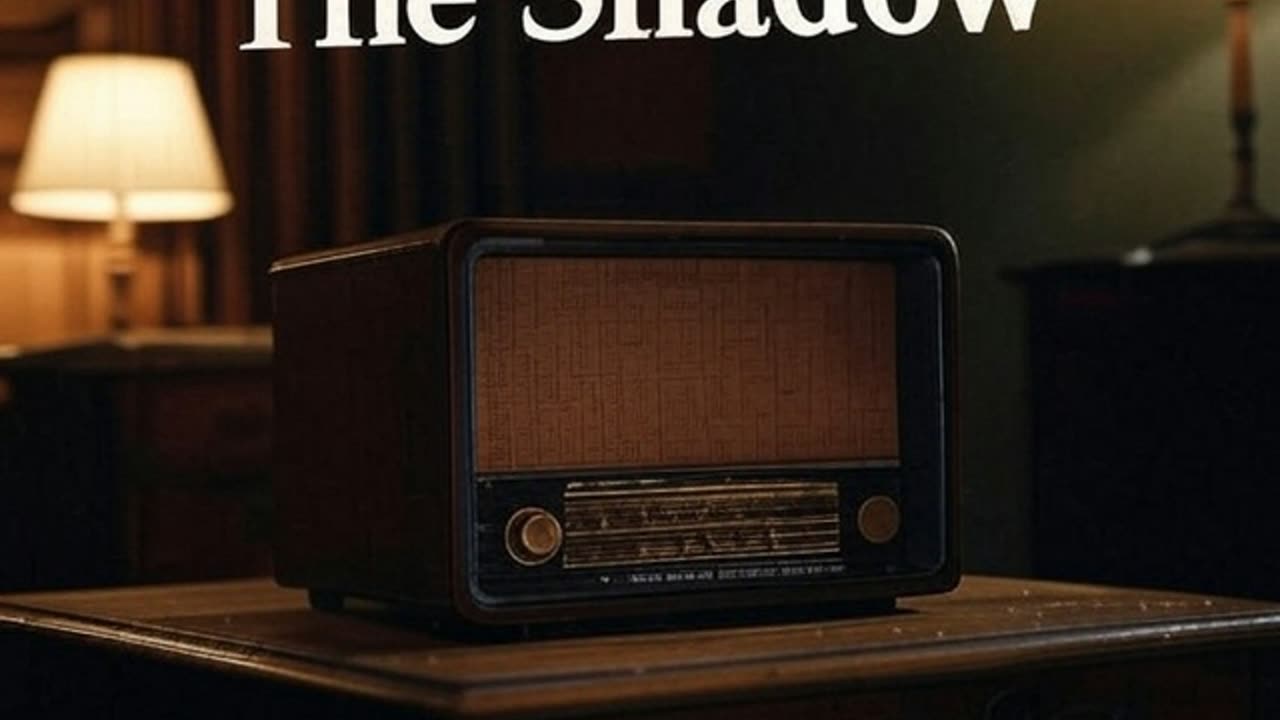
The Shadow: The Creeper (May 29, 1938)
Setting: A contemporary (1938) American city, likely New York, with scenes in dark alleys, a wealthy estate, a criminal hideout, and possibly a foggy waterfront. The episode uses sound effects like footsteps, creaking doors, gunfire, and eerie whispers to create a suspenseful, noir-like atmosphere, emphasizing The Shadow’s mysterious presence.
Plot:
Introduction: The episode opens with the iconic The Shadow theme, an excerpt from Camille Saint-Saëns’ Le Rouet d’Omphale, followed by announcer Frank Readick’s chilling delivery: “Who knows what evil lurks in the hearts of men? The Shadow knows!” The narrator introduces “The Creeper,” a tale of a sinister criminal whose stealthy, predatory nature terrorizes the city.
The Premise: The story centers on “The Creeper,” a notorious criminal mastermind known for his ability to infiltrate homes and businesses undetected, stealing valuables or committing murders. His nickname suggests a stealthy, almost supernatural ability to “creep” through shadows, possibly leaving cryptic clues or taunting notes. Lamont Cranston and Margo Lane become involved when a prominent citizen—perhaps a banker or socialite—reports a theft or narrowly escapes an attack, prompting The Shadow to investigate.
The Investigation: Cranston, using his dual identity, gathers intelligence in high society circles, while The Shadow employs his invisibility and hypnotic powers to track The Creeper’s movements. Margo Lane assists, possibly posing as a potential victim or uncovering a clue, such as a stolen jewel or a witness’s description of The Creeper’s eerie presence. The investigation reveals The Creeper’s gang, including henchmen who carry out his orders, and a plot targeting a major heist—perhaps a bank vault or a priceless artifact. Key scenes include The Shadow infiltrating a hideout, eavesdropping on the gang, or saving a victim from The Creeper’s trap, with sound effects like breaking glass or muffled screams.
Escalating Action: The Creeper’s cunning makes him a formidable foe, evading traps and striking with precision. His psychological terror—perhaps leaving creepy messages or stalking victims—heightens the stakes. The Shadow’s interventions lead to clashes with the gang, with action sequences involving chases through alleys or shootouts in a darkened warehouse. Margo’s role might involve decoding The Creeper’s methods, while Cranston navigates police skepticism, possibly via Commissioner Weston, a recurring character.
Climax and Resolution: The climax likely occurs in a dramatic confrontation, such as The Shadow cornering The Creeper in his lair or during the heist. Using his mental powers, The Shadow outwits the criminal, possibly forcing a confession or turning his gang against him. The Creeper is either killed in a trap of his own making or arrested, with the stolen goods recovered. The episode concludes with Cranston and Margo reflecting on the case, and Readick’s haunting laugh reinforcing The Shadow’s mystique, teasing the next adventure.
Themes: The triumph of vigilance over stealthy evil, the power of intellect over criminal cunning, and the protection of society from unseen threats. The episode reflects The Shadow’s pulp roots, blending detective work, psychological suspense, and action.
Cast and Roles:
The Shadow/Lamont Cranston: Played by Orson Welles, delivering a dual performance—suave and sophisticated as Cranston, menacing and authoritative as The Shadow—with his rich voice enhancing the character’s enigmatic aura.
Margo Lane: Played by Margot Stevenson, portraying Cranston’s companion with intelligence and bravery, voiced with a mix of poise and urgency, possibly aiding through intuition or undercover work.
The Creeper: Played by an unnamed actor, likely a radio veteran, voicing the criminal mastermind with a sinister, cunning tone, evoking a predator-like menace.
Supporting Characters: Unnamed ensemble actors, including:
Henchmen: Voiced as gritty, loyal thugs carrying out The Creeper’s plans.
Victim/Witness: A banker, socialite, or police contact, voiced with fear or determination, providing key clues.
Commissioner Weston (Possible): Voiced as a skeptical authority figure, if featured, interacting with Cranston.
Announcer/Narrator: Frank Readick, delivering the opening and closing lines, including “The Shadow knows!” with a chilling, echoed effect, framing the story’s suspense.
Note on Cast: The Shadow relied on a skilled radio cast, with Welles and Stevenson as leads, supported by versatile actors doubling in minor roles. Welles’s theatrical flair, fresh from his Mercury Theatre work, elevated the pulp drama’s intensity.
Production Details:
Music: The theme, an excerpt from Saint-Saëns’ Le Rouet d’Omphale, opens and closes the episode, with incidental music accentuating action and suspense, composed by Mutual’s in-house musicians.
Writer: Likely Walter B. Gibson or Edward Hale Bierstadt, crafting a story rooted in The Shadow’s pulp origins, emphasizing crime, mystery, and The Shadow’s supernatural abilities.
Director: Likely overseen by the Mercury Theatre team, with Welles’s influence ensuring a cinematic, fast-paced production.
Sound Effects: Critical to the episode, including footsteps, creaking doors, gunfire, breaking glass, and eerie whispers, creating a vivid, noir-like soundscape. The Creeper’s stealth might be suggested by subtle rustling or sudden silences.
Sponsor: Blue Coal, a heating company, sponsored the 1937–1938 season, with brief ads integrated into the Sunday evening broadcast, typically at 5:30 PM Eastern.
World and National Events Around May 29, 1938:
To provide context for the broadcast, here are key world and national events occurring in late May 1938, reflecting the pre-war climate that shaped listeners’ perspectives:
World Events:
Nazi Germany’s Expansion: Germany, under Hitler, annexed Austria in the Anschluss (March 12, 1938) and was intensifying pressure on Czechoslovakia’s Sudetenland, escalating European tensions. Radio news reported fears of war, with the Munich Agreement looming (September 1938), resonating with the episode’s theme of hidden threats, akin to Lights Out’s horror.
Japanese Invasion of China: Japan’s Second Sino-Japanese War saw the Battle of Xuzhou (May 1938) culminate in Japanese victories, with significant civilian casualties. U.S. radio covered humanitarian concerns, amplifying anti-Axis sentiment, paralleling The Shadow’s fight against evil.
Italian Fascism: Mussolini’s Italy, aligned with Germany, continued its imperialist policies post-Ethiopia (1936), with negotiations for the Pact of Steel (signed May 1939) underway. U.S. media reported Axis aggression, echoing the episode’s battle against a cunning criminal.
Holocaust Escalation: Nazi anti-Jewish policies intensified, with increased persecution and emigration pressures. Kristallnacht (November 1938) approached, with limited U.S. awareness via radio, aligning with the episode’s dark tone.
National Events:
Economic Challenges: The U.S. was navigating the “Roosevelt Recession” (1937–1938), with unemployment at 19%. New Deal programs, like the Wagner Act, supported labor, covered in radio news, reflecting public desire for stability, akin to The Shadow’s restoration of order.
Roosevelt’s Policies: President Franklin D. Roosevelt pushed for economic recovery and neutrality, with the Fair Labor Standards Act (passed June 1938) setting a minimum wage. Radio addresses emphasized democratic values, contrasting with the episode’s anarchic crime.
Entertainment and Morale: Hollywood and radio thrived, with films like Snow White and the Seven Dwarfs (1937) and radio shows like The Lone Ranger dominating. The Shadow’s pulp-inspired drama, airing Sundays, offered escapism amid economic and global woes.
Sports and Culture: The 1938 MLB season featured the New York Yankees, with Joe DiMaggio excelling. Benny Goodman’s swing music, like “Sing, Sing, Sing,” defined the era’s vibrant culture, covered on radio.
-
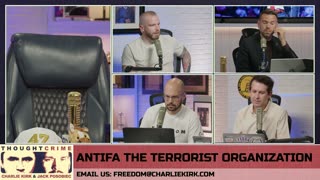 2:00:48
2:00:48
The Charlie Kirk Show
3 hours agoTHOUGHTCRIME Ep. 97 — The Thoughtcrime WILL Continue
86.3K65 -
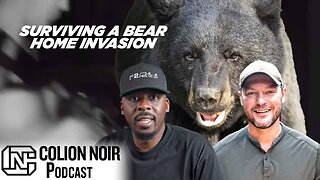 35:08
35:08
Colion Noir
8 hours agoA Bear, an AR-15, and a Home Invasion
10.7K2 -
 3:05:55
3:05:55
TimcastIRL
4 hours agoJimmy Kimmel Refuses To Apologize Over Charlie Kirk Comments, Blames Gun Violence | Timcast IRL
151K112 -
 2:44:24
2:44:24
Laura Loomer
7 hours agoEP144: Trump Cracks Down On Radical Left Terror Cells
27.6K10 -
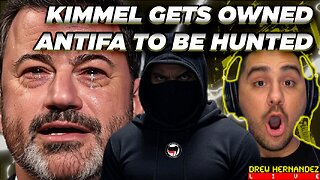 LIVE
LIVE
Drew Hernandez
9 hours agoLEFTISTS UNITE TO DEFEND KIMMEL & ANTIFA TO BE DESIGNATED TERRORISTS BY TRUMP
1,055 watching -
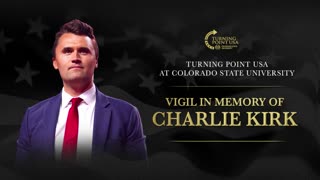 1:12:32
1:12:32
The Charlie Kirk Show
4 hours agoTPUSA AT CSU CANDLELIGHT VIGIL
68.8K45 -
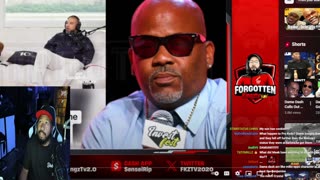 6:53:45
6:53:45
Akademiks
7 hours agoCardi B is Pregnant! WERE IS WHAM????? Charlie Kirk fallout. Bro did D4VID MURK A 16 YR OLD GIRL?
42.6K5 -
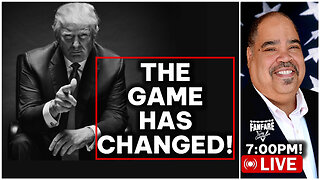 2:26:15
2:26:15
Barry Cunningham
5 hours agoPRESIDENT TRUMP HAS 2 INTERVIEWS | AND MORE PROOF THE GAME HAS CHANGED!
96K65 -
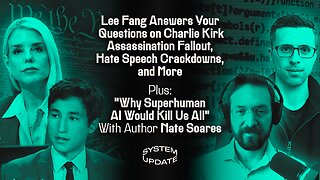 1:20:27
1:20:27
Glenn Greenwald
6 hours agoLee Fang Answers Your Questions on Charlie Kirk Assassination Fallout; Hate Speech Crackdowns, and More; Plus: "Why Superhuman AI Would Kill Us All" With Author Nate Soares | SYSTEM UPDATE #518
92.2K32 -
 1:03:06
1:03:06
BonginoReport
7 hours agoLyin’ Jimmy Kimmel Faces The Music - Nightly Scroll w/ Hayley Caronia (Ep.137)
151K61